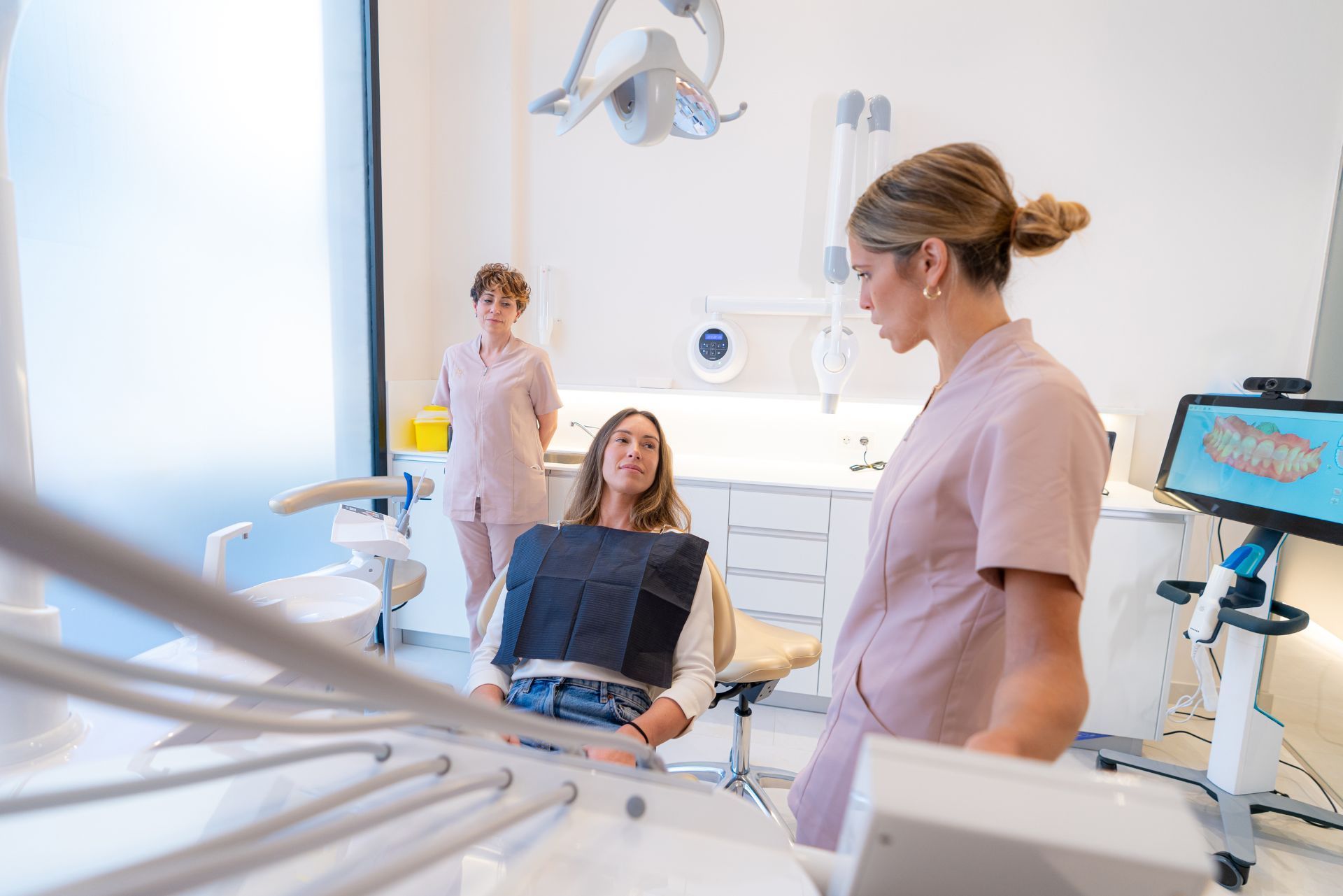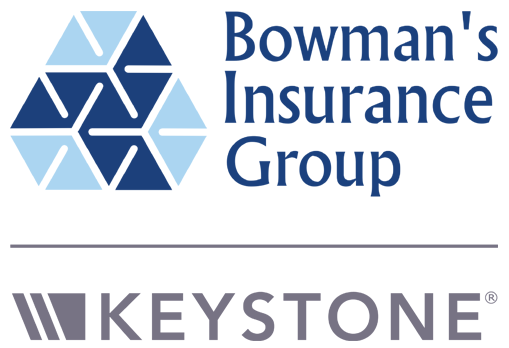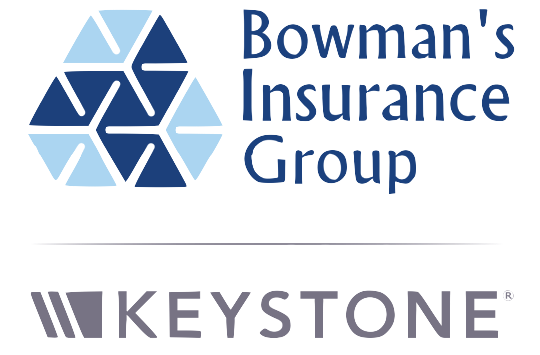Top 3 Recommended Policies
Index
Contact Us
Dental insurance plays a crucial role in ensuring access to affordable oral healthcare, yet many Pennsylvanians face significant challenges in obtaining adequate coverage. With over a quarter of the state's residents lacking dental insurance, the consequences extend beyond oral health, often leading to higher overall medical expenses. This article explores the landscape of dental office insurance in Pennsylvania, highlighting key statistics, recent legislative efforts, industry trends, and practical insights to help residents and dental professionals navigate this complex field.
Understanding the current state of dental insurance in Pennsylvania is essential, especially as policymakers and industry stakeholders work towards improving coverage. For a detailed look at the challenges faced by Pennsylvanians without dental coverage, the Keystone Newsroom provides an in-depth report on this pressing issue.
The State of Dental Coverage in Pennsylvania
Dental insurance coverage in Pennsylvania remains a significant concern. According to recent data, more than 25% of Pennsylvanians lack dental coverage, a statistic that underscores the accessibility gap in oral healthcare. This lack of coverage often results in delayed or forgone dental treatments, which can exacerbate health problems and increase medical costs in the long run.
One of the primary reasons for this gap is the high cost barrier associated with dental services. Colin Reusch, Director of Policy with Community Catalyst, emphasizes that "across all aspects of healthcare, dental services present some of the highest cost barriers for people." This statement highlights the financial hurdles that prevent many individuals from seeking necessary dental care. The average cost of a routine dental check-up can range from $100 to $300, and more complex procedures can escalate quickly into thousands of dollars, making it difficult for those without insurance to prioritize oral health.
The absence of dental insurance coverage not only affects individual health outcomes but also places a strain on the broader healthcare system. Without preventive dental care, patients are more likely to develop serious oral health issues that require expensive emergency treatments or contribute to chronic conditions such as heart disease and diabetes. Studies have shown that individuals with untreated dental issues often face higher rates of hospitalization, leading to increased healthcare costs that ultimately affect taxpayers and the economy as a whole.
Legislative Efforts and Medicaid Dental Coverage
In response to these challenges, Pennsylvania lawmakers have taken steps to improve dental coverage, particularly for low-income residents. A bipartisan bill aimed at restoring Medicaid dental coverage recently passed the Pennsylvania House of Representatives. Unfortunately, the bill did not advance in the Senate and will need to be reintroduced in the next legislative session. This setback highlights the complexities involved in healthcare legislation, where differing opinions on funding and priorities can stall progress.
This development reflects ongoing debates around the importance of dental benefits within Medicaid programs. Restoring and expanding Medicaid dental coverage could significantly reduce the number of uninsured Pennsylvanians and improve access to essential dental services. Advocates argue that comprehensive dental coverage is not merely a luxury but a fundamental aspect of overall health, as oral health is closely linked to physical health. Furthermore, expanding access to dental care could lead to better job opportunities for individuals who may otherwise avoid employment due to untreated dental issues, thereby contributing to a healthier workforce and economy.
For more details on this legislative effort and its implications, the Keystone Newsroom offers comprehensive coverage.

Understanding Dental Insurance Market Trends
The dental insurance market in the United States is substantial and growing. Valued at $88.5 billion in 2023, the industry is projected to reach $95 billion by 2025. This growth reflects increasing demand for dental insurance products and services, driven by rising awareness of oral health's importance and the expanding range of available plans.
Dental insurance plans typically cover preventive care such as cleanings and exams, with additional benefits for restorative procedures like fillings and crowns. However, the cost of premiums and out-of-pocket expenses can vary widely depending on the plan's coverage and the insurer's network. As consumers become more informed about their dental health, they are increasingly seeking plans that offer comprehensive coverage, including orthodontics and cosmetic procedures, which can significantly influence their choice of insurance provider.
Cost Dynamics and Insurance Concentration
One interesting finding from recent research indicates that a 10% increase in dental insurance concentration is associated with a 1.95% reduction in gross payments to dentists. This suggests that as dental insurance providers consolidate or increase their market share, they may leverage their position to negotiate lower fees with dental offices. Such trends can lead to a more competitive landscape where smaller practices may struggle to keep up with the pricing pressures imposed by larger insurance entities.
For dental practices, this dynamic can impact revenue streams and influence decisions about which insurance plans to accept. Patients may also experience changes in provider availability and costs depending on how insurance companies manage their networks. Furthermore, the growing trend of value-based care in dentistry is prompting practices to rethink their business models, focusing on patient outcomes rather than just the volume of services provided. This shift not only aligns with patient expectations for quality care but also encourages insurers to offer more innovative, patient-centered plans that emphasize preventive measures and long-term health benefits.
More insights into these market trends can be found in the
Health Services Research Journal.
Challenges in Dental Insurance Claims and Provider Directories
Dental insurance claims processing presents another layer of complexity for both patients and providers. Approximately 15% of dental insurance claims are denied, with incorrect or incomplete information cited as a leading cause. These denials can delay treatment, increase administrative burdens, and frustrate patients seeking timely care. The impact of these denials extends beyond mere inconvenience; they can lead to significant delays in necessary dental procedures, which may exacerbate existing oral health issues and lead to more complex treatments down the line.
Dental offices must invest in accurate documentation and claims submission processes to minimize denials and ensure smooth reimbursement. This often involves training staff on the intricacies of insurance policies and the importance of thorough documentation. Similarly, patients benefit from understanding their insurance benefits and requirements to avoid unexpected out-of-pocket costs. By being proactive and informed, patients can navigate their dental care options more effectively, ensuring they receive the treatment they need without unnecessary financial strain.
Improving Access Through Accurate Provider Information
Access to dental care is also influenced by the accuracy of health insurer provider directories. The Pennsylvania Insurance Department recently released a study highlighting inaccuracies in these directories, which can mislead patients about available providers and network participation. Inaccurate information can result in patients traveling long distances to appointments only to find that their chosen provider is not in-network, leading to frustration and wasted time. This issue is particularly acute in rural areas where dental providers may be scarce, making accurate directories even more crucial for those seeking care.
Efforts to improve the quality and reliability of provider directories aim to enhance healthcare access by helping patients find in-network dentists more easily and avoid surprise billing. This initiative aligns with broader goals to increase transparency and consumer protection within the healthcare system. By ensuring that provider directories are regularly updated and verified, insurers can foster greater trust among their members and improve overall patient satisfaction. Additionally, this transparency can empower patients to make informed decisions about their dental care, ultimately leading to better health outcomes.
More information on this study is available through the
Pennsylvania Insurance Department.
Cost Considerations for Dental Insurance in Pennsylvania
For individuals and families considering dental insurance, understanding the cost structure is vital. The average annual premium for a standard dental insurance plan in the U.S. ranges between $350 and $550. These premiums cover preventive services and partial coverage for more extensive dental work. Preventive services, such as routine check-ups, cleanings, and X-rays, are essential for maintaining oral health and can help identify potential issues before they escalate into more serious problems.
While premiums represent a predictable expense, patients should also be aware of deductibles, co-pays, and coverage limits that may apply. Choosing the right plan involves balancing premium costs against anticipated dental needs and the network of participating providers. For instance, some plans may offer a broader network of dentists, which can be particularly beneficial for families who may have specific preferences or require specialized care. Additionally, understanding the specifics of what is covered under each plan can prevent unexpected out-of-pocket expenses, especially for procedures like crowns, root canals, or orthodontics, which can be significantly more costly.
Given the high cost barriers noted by experts, dental insurance remains a critical tool for managing oral healthcare expenses and promoting regular dental visits. Furthermore, many plans incentivize preventive care by covering 100% of the costs for routine check-ups and cleanings, encouraging policyholders to prioritize their oral health. This proactive approach not only helps in maintaining a healthy smile but can also lead to long-term savings by reducing the likelihood of more extensive and costly treatments down the line. Understanding these nuances in dental insurance can empower consumers to make informed decisions that align with their health needs and financial situation.

Conclusion: Navigating Dental Office Insurance in Pennsylvania
Dental office insurance in Pennsylvania is shaped by a complex interplay of coverage gaps, legislative efforts, market dynamics, and administrative challenges. With over 25% of residents lacking dental coverage, the need for accessible and affordable dental insurance is clear.
Recent legislative initiatives to restore Medicaid dental benefits and efforts to improve provider directory accuracy represent positive steps toward expanding access. Meanwhile, understanding market trends and cost factors can help both patients and dental professionals make informed decisions.
For Pennsylvanians seeking dental insurance, staying informed about coverage options, claim processes, and provider networks is essential to achieving better oral health outcomes and managing costs effectively.
To explore the broader dental insurance industry and its evolving landscape, resources like CoinLaw's dental insurance industry statistics offer valuable insights.




